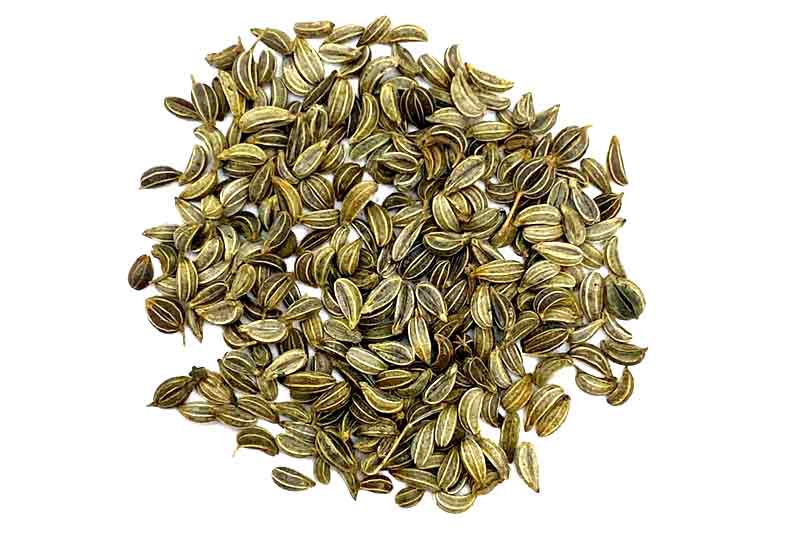Quick Facts
Botanical Name: Petroselinum Sativum
Family Name: Apiaceae
Common Name: Amyris Essential Oil, West Indian Sandalwood
Part used: Seeds
Specific Gravity: 0.890 - 0.935 @ @20°C
Refractive Index: 1.4842 - 1.4849 @ @20°C
Optical Rotation: +26 to+45
Blends Well With: Anise, bay, black pepper, clarysage, coriander, ginger, neroli, oakmoss, rose, tea tree and ylang ylang.
Uses
Parsley oil is used in massage for normalizing menstrual cycle and also as a natural abortifacient.The oil has positive effects in treating amenorrhea and menstrual pain ordysmennorhea. The other conventional uses of Parsley include its use for treating arthritis, anaemia, cancer, prostate problems and liver disorders. It is major ingredient in tabbouleh which is a national food of Lebanon and the herb is used for garnishing and adding extra flavour to all types of food items. It can be used topically for the treatment of insect bites, skin parasites and skin tumours. Parsley seed oil and the herb is a rich source of antioxidant nutrients like luteol in and other flavonoids have been proved to work as antioxidants which join with highly reactive oxygen radicals and aid in preventing oxygen-based damage to cells. Parsley oil has carminative andstomachic properties and can be used in massage or in bath tub to enhance the secretion of bile and certain other gastric juices along with the digestive enzymes. The oil assists in boosting regular bowel movements, treat constipation, flatulence, stomach infection, ulcer and pain
Countries where it "s found
Parsley is native to the Mediterranean region, but is now grown in gardens worldwide as a flexible culinary herb. The name parsley is derived from the Greek word"petros," which means "stone," as this plant often grows in rocky terrains.
Harvesting Information
Parsley plant reaches only one to two feet in height before flowering,and thrives best in areas with partial shade. There are two common types of parsley called the Italian parsley, also known as flat-leaf parsley and popular in Mediterranean countries and curly leaf parsley.
 History of the Plant
History of the Plant
Parsley is a native to the eastern parts of the Mediterranean region and the juice extracted from the roots of the plant was used in folklore as a diuretic and treating kidney disorders like nephrolithiasis or kidney stones. Ayurveda has been using the herb and its oil for ages as a powerful diuretic without any side effects on the body. Parsley was conventionally used in making tea for treating gallstones and dysentery.
Extraction Process: Steam Distillation
Commonly known Benefits
The healing qualities of Parsely seed oil are antiseptic, diuretic, anti-arthritic, anti-rheumatic, astringent, digestive, stomachic, tonic, carminative, emmenagogue, laxative, hypotensive, uterine, stimulant, febrifuge, detoxifying and antimicrobial. Parsley is used as part of appetizing and aesthetic food preparation. Apart from used as culinary herb its leaves and seeds are used all over the world as spice to enhance the taste and zest of the food to which it is added to. It is believed to have carminative properties and the leaves, seeds and roots were used in treating many digestive disorders like ulcer, flatulence, colic pain and diarrhoea. Parsley seed oil can also be used for different other health problems like cough, high blood pressure, hypertension, colic, gastrointestinal disorders, wounds, swollen breasts, prostate conditions, jaundice, gall stones, cellulite, cystitis, sciatica, loss of libido, haemorrhoids and gum problems. The emmenagogue properties of parsley oil boost the blocked menstruation and regularize the menstrual cycle.





